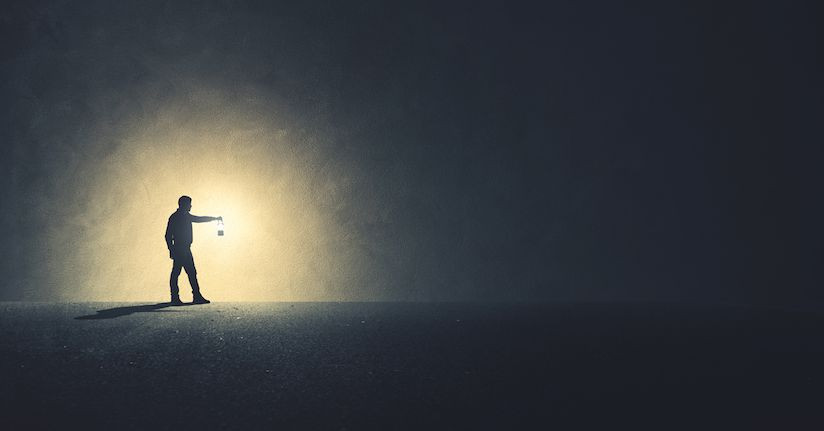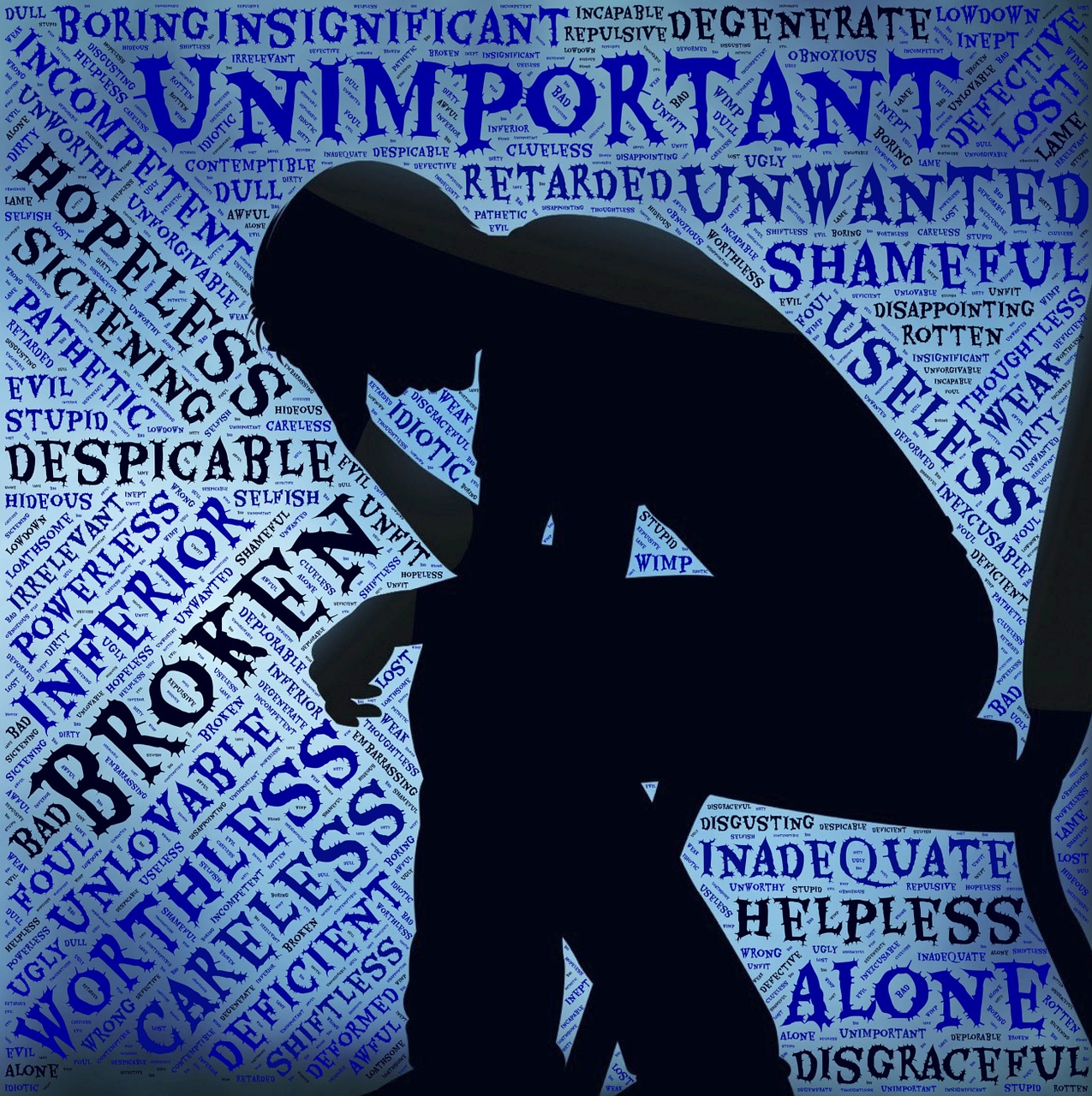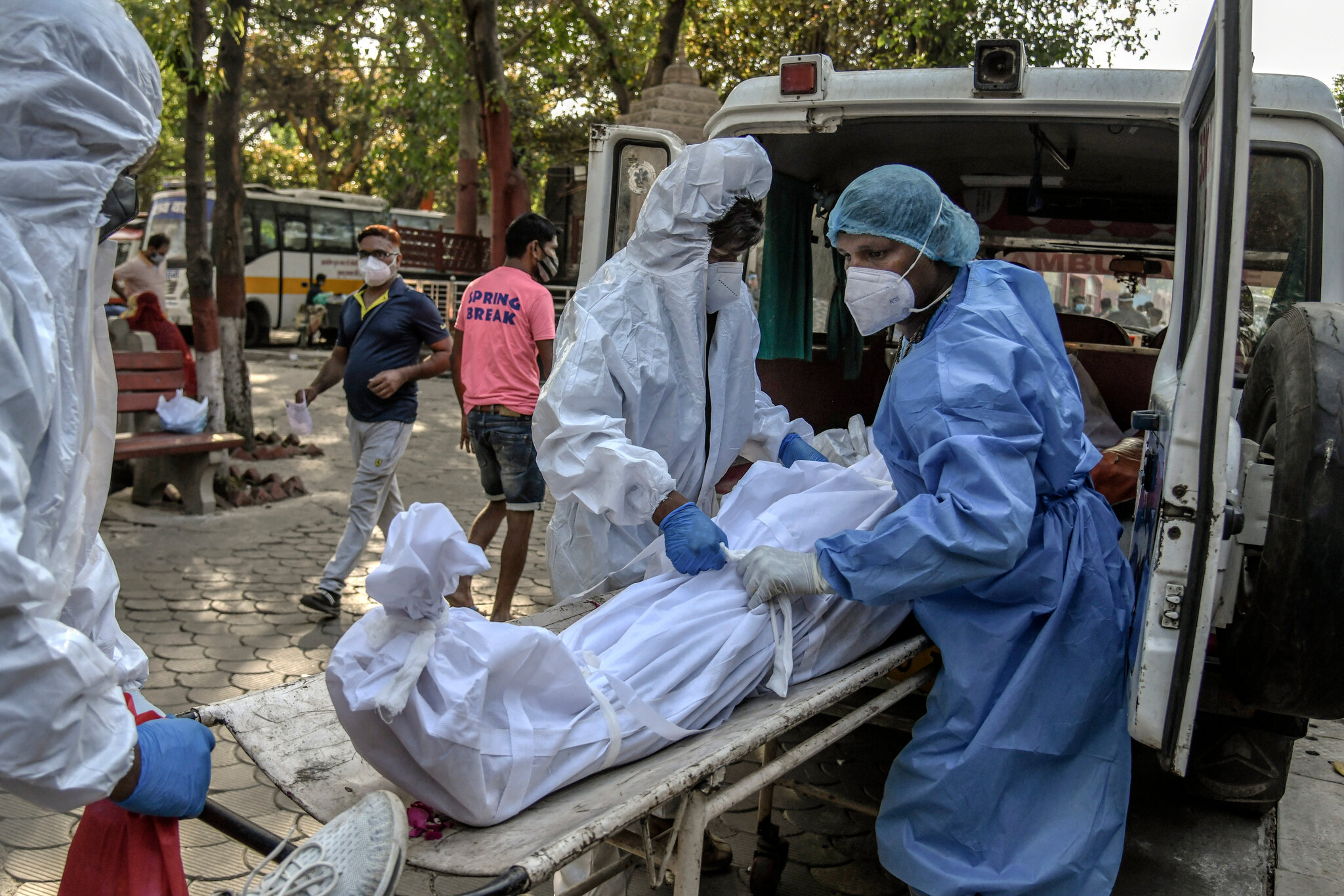Throughout history, human life has been synchronized withh the natural rhythms of sunlight during the day and darkness at night. With the advent of electric lights about a hundred years ago, this relationship drastically shifted, altering how people engage with light and darkness in their daily lives.
The introduction of electric bulbs sparked the onset of night shifts, extending the perceived “daylight” hours for many. Subsequently, the emergence of television, computers, tablets, and smartphones exposed individuals to artificial light at levels never before experienced during nighttime.
This disruption to the body’s circadian rhythm– maintained by exposure to bright light during the day and darkness at night– has begun to take a toll on mental health. A comprehensive study involving 86,772 adults conducted by researchers from the Monash School of Psychological Sciences and the Turner Institute for Brain and Mental Health in Melbourne, Australia, uncovered a significant link between nocturnal light exposure and various psychiatric disorders and self-harm tendencies.
The findings revealed that increased exposure to light at night correlated with a heightened risk of several conditions, including major depressive disorder, generalized anxiety disorder, PTSD, psychosis, bipolar disorder, and self-harm behavior. Conversely, greater exposure to daytime light exhibited a positive association, reducing the risk of major depressive disorder, PTSD, psychosis, and self-harm.
The implications are clear: adjusting light exposure patterns could serve as a simple yet effective non-pharmacological method to enhance mental well-being. Sean Cain, an associate professor involved in the study, highlighted how our modern lifestyles contradict our biological predisposition to thrive with bright daylight and profound darkness, as opposed to the subdued artificial lighting dominating our indoor environments.
This impact on mental health persisted even after accounting for other factors such as physical activity, sleep quality, and overall health. Cain emphasized the societal significance of these findings, urging individuals to prioritize exposure to natural bright light during the day while ensuring darkness at night to optimize mental well-being.
Disrupting the circadian rhythm not only affects mental health but also alters various biological processes, including sleep-wake behavior, hormone secretion, cellular function, and gene expression. This disruption extends to brain regions regulating emotions and mood, leading to changes in neuroplasticity and neurotransmission.
Studies have shown a parallel rise in depression rates alongside increased use of electric lighting, drawing attention to Amish communities– devoid of electricity– with notably low depression rates. Moreover, older adults exposed to higher levels of nighttime light exhibited greater depressive symptoms compared to those with lower exposure levels.
Beyond mental health, excessive light exposure at night poses substantial risks to physical health. Research indicates that even moderate light exposure during sleep affects heart rate, insulin resistance, and can contribute to chronic conditions like obesity, high blood pressure, and diabetes– conditions that are more prevalent among individuals exposed to artificial light at night.
Furthermore, the disruption caused by artificial light at night extends to potential carcinogenic risks, as observed in shift workers experiencing circadian disorganization, linked to elevated rates of cancer, diabetes, cardiovascular risks, obesity, mood disorders, and age-related macular degeneration.
Nighttime light exposure suppresses melatonin secretion, which plays a crucial role in maintaining circadian rhythms and preventing cancer. Studies have demonstrated an association between higher nighttime light exposure and increased risks of thyroid cancer and postmenopausal breast cancer.
The detrimental effects of light exposure at night stem from its interference with sleep, a factor strongly associated with mental health disorders. Blocking ambient light during sleep, such as using sleep masks, has shown significant improvements in subjective sleep quality, even in intensive care unit (ICU) settings where bright lights disrupt sleep patterns.
Despite the prevalence of nighttime light exposure, taking steps to reduce it, especially exposure to blue light emitted by electronic devices, is pivotal for maintaining natural sleep cycles and ensuring quality rest. Decreasing evening light exposure, particularly from devices emitting blue light, is a crucial step in preparing the body for sleep and promoting overall well-being.










